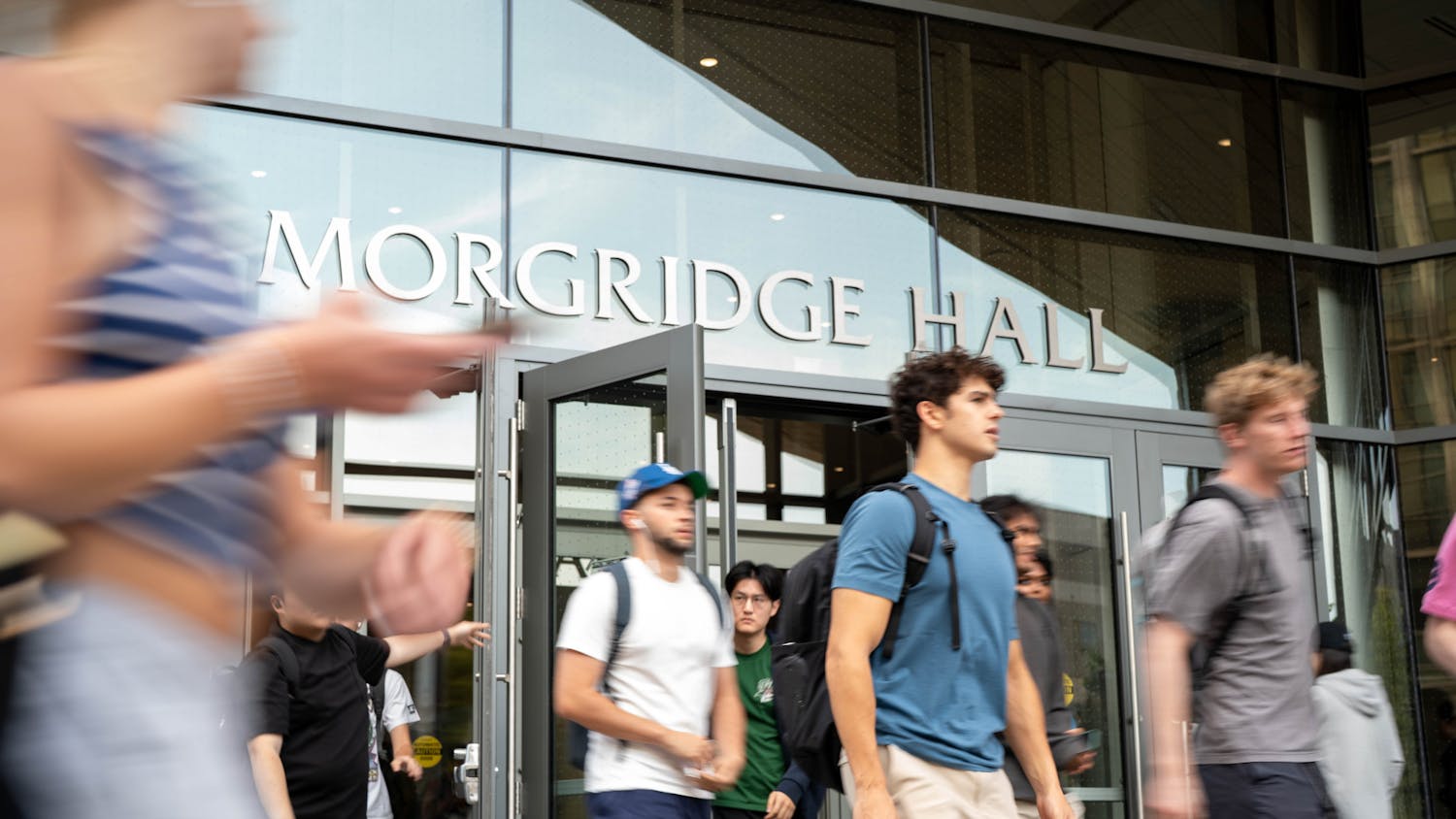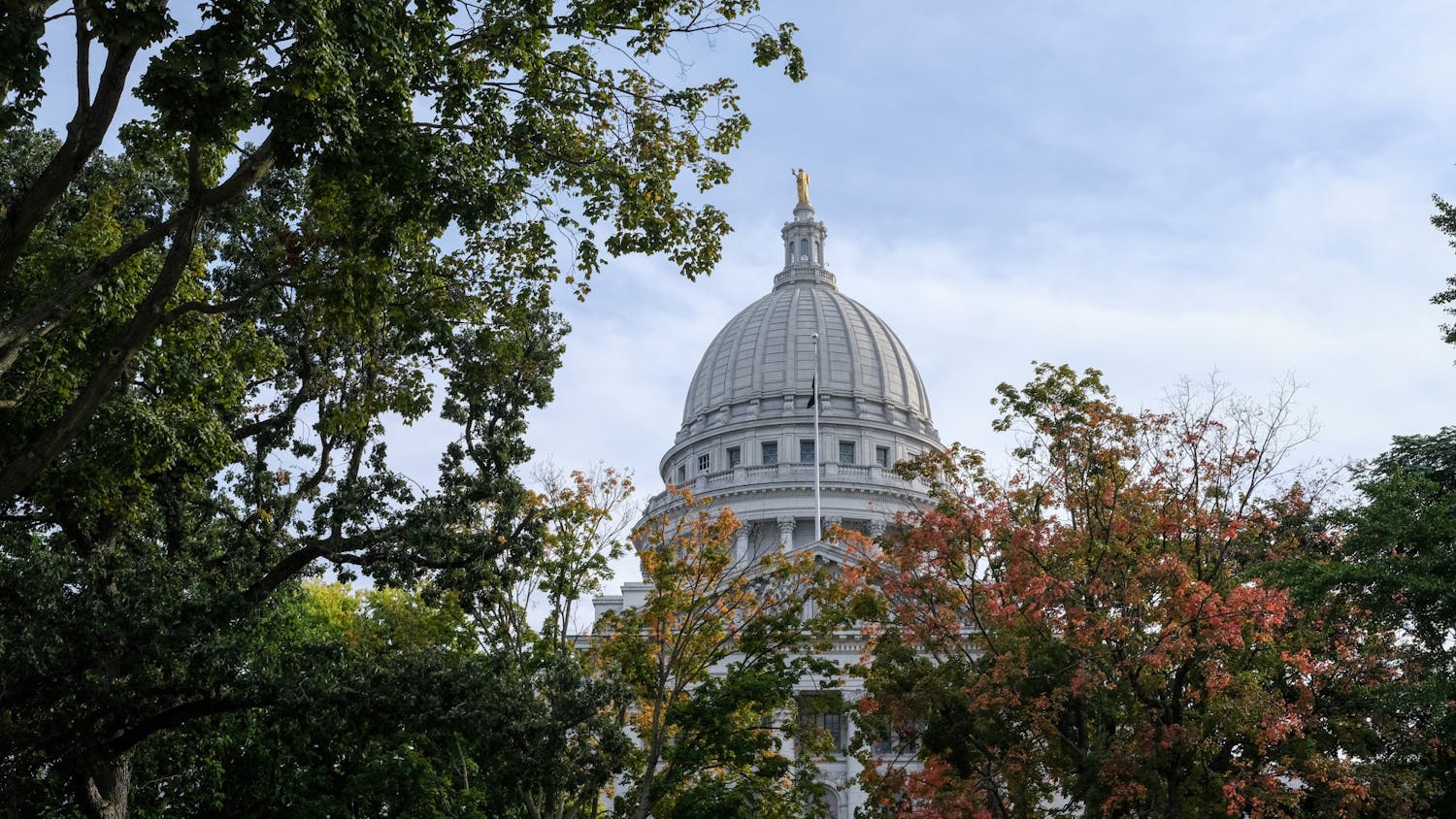A new policy brief released Wednesday from a UW-Madison research center shows relatively high rates of students submitting the FAFSA to obtain federal student aid.
Authored by UW–Madison associate professor Nicholas Hillman and two Ph.D. students, Ellie Bruecker and Valerie Crespín-Trujillo, the brief shows that schools with more low-income and African-American and Hispanic students have lower filing rates than higher-income schools serving predominantly white and Asian-American students. The groups file at rates of 47 percent to 57 percent, respectively.
Hillman,
Filing rates were also higher for private schools than they were for public schools, with 65 percent of private school students filling out the form compared with 55 percent of public school students. Rates were also lower for schools with lower student-to-counselor ratios.
The FAFSA allows students to be eligible for Pell Grants, federal
“Students may fail to file for a number of reasons, including being discouraged by the complex application process; believing they do not need or qualify for aid; or being poorly informed about how to apply,” the report said. “Regardless of the reason, leaving money on the table can discourage students from enrolling and persisting in college.”
The average filing rate for Wisconsin high school seniors was 56 percent, and two recent changes to the FAFSA process lead the authors to believe this will increase in the future. There is now an “Early FAFSA” filing period starting on Oct. 1st, and students will be allowed to use tax records from the previous year.
The authors argue that various solutions Wisconsin high schools could use to improve FAFSA filing rates include providing school counselors with individual filing information, enhancing FAFSA completion efforts, reducing aid disparities based on filing date and continuing to monitor filing rates after changes to the application process.
While these strategies would work in theory, the authors acknowledge that their implementation may be impractical. For example, schools with high student-to-counselor ratios are already at a disadvantage in ensuring individual students file the FAFSA.
“For this reason, policymakers and districts should provide schools with sufficient resources to improve student-to-counselor ratios and employ strategies to help these professionals implement best practices at scale,” the authors wrote.






